Early Verdict
The MSI GS43VR Phantom Pro delivers considerable performance, but at $1,500 we found its build quality to be lacking.
Pros
- +
Good performance
- +
Decent thermals and battery life
- +
Balanced RGB levels
- +
Low grayscale and average color errors
Cons
- -
Mediocre build quality
- -
Poor display contrast
Why you can trust Tom's Hardware
Introduction And Product Tour
Alongside the official release of Intel’s 7th generation Kaby Lake processor came a tidal wave of updated gaming laptops. They look very much like Skylake-based versions we've been testing. The GS43VR Phantom Pro-069 from MSI is the first to hit our test bench. Will the updated Phantom Pro’s performance be able to spook the competition?
Specifications
Packaging




MSI GS43VR Phantom Pro’s packaging consists of an unassuming black box with the MSI Gaming Series logo stamped in red on the lid. Removing the lid reveals two compartments: a large one housing the Phantom Pro and a small one for the power cable. Beneath the Phantom Pro are additional compartments for the power adapter and user manuals.
Exterior
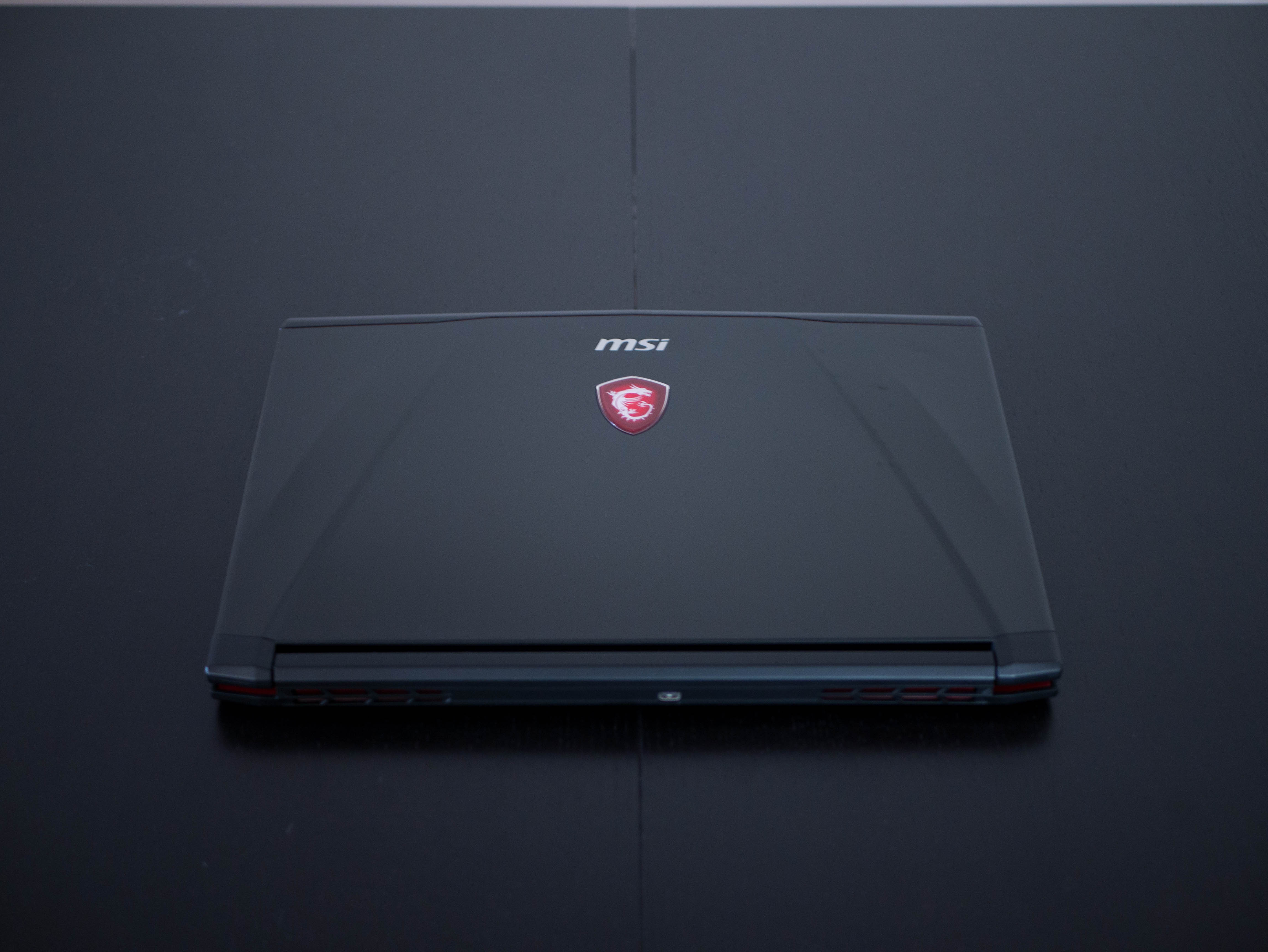




The Phantom Pro’s top profile features MSI’s signature black brushed metal finish with aggressively angled accents. The top lip features metallic red accents adorning the otherwise minimalist design. Front and center you’ll find MSI’s Gaming Series dragon logo, which appears to have been redesigned. Gone is the “Gaming G Series” print that was originally on the top of the shield. Now we have a larger dragon spanning the entirety of the shield. The logo is illuminated when the system is powered on, and its illumination level varies depending on the display’s brightness.





As we'd expect based on previous MSI laptop reviews, opening the lid reveals more of the brushed metal surface. As with all of MSI’s brushed metal laptops, expect to find fingerprints and smudges after extended use. The Phantom Pro’s silver, triangular button is located on the left and has an orange light to indicate when the system is powered on. Just beneath the display you’ll find the MSI company logo.



You won’t find any sports car-themed exhausts, so prepare to be displeased (or pleased, if you’re not a fan of that look). To maintain its minimalist design, the MSI Phantom Pro features two rather unassuming heat vents and the rear lip. An additional heat vent is located on the right lip, giving the exhaust fan closest to the GPU two points from which to expel heat. The red-painted aluminum heat fins prevent the rear from looking drab while still maintaining an elegant image.

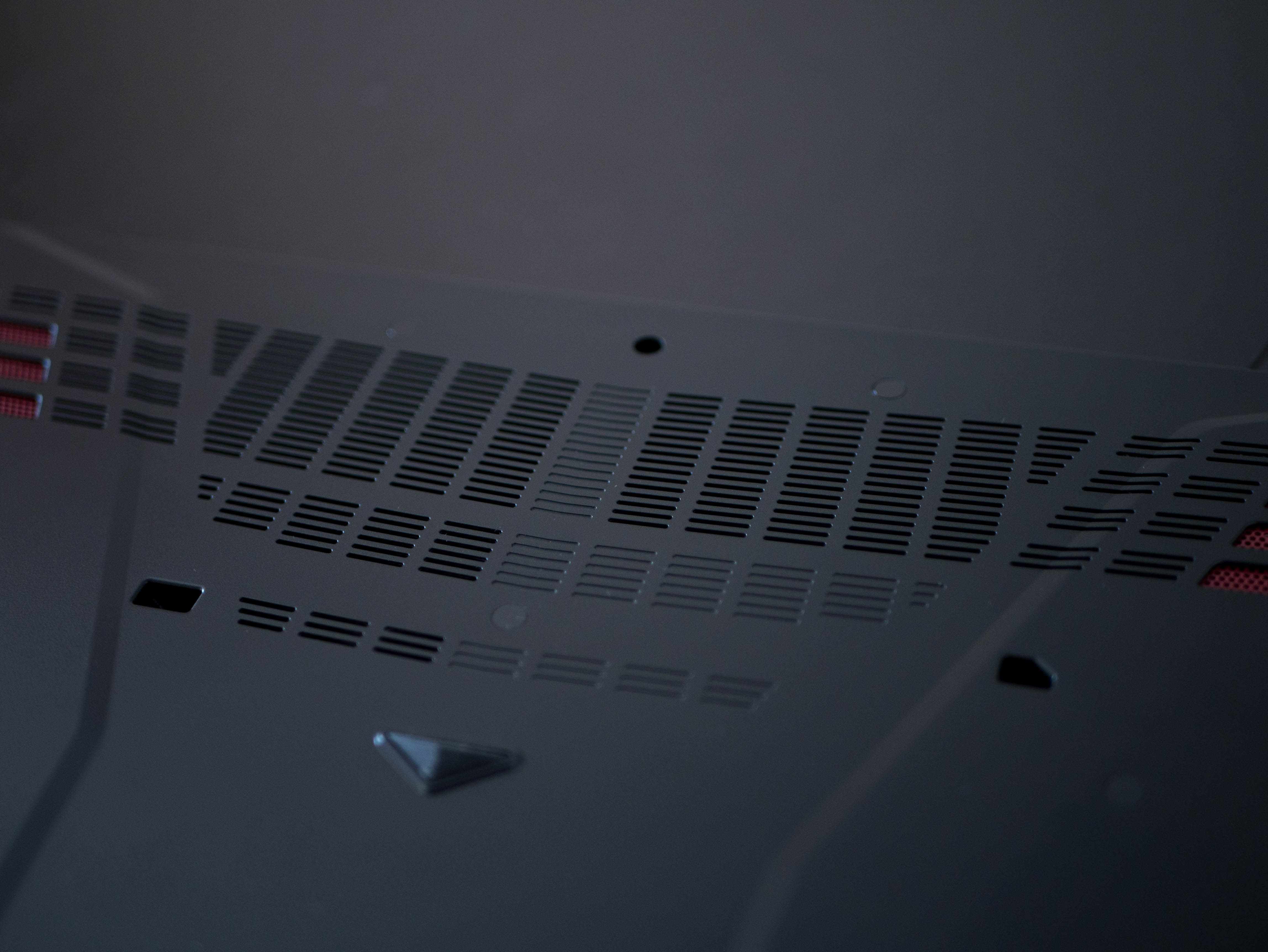







Unlike the rest of the chassis, the Phantom Pro’s bottom panel is constructed out of plastic. There are air intake cutouts for the fans spanning the rear end of the bottom panel. Two of the vents sport a red finish similar to the aluminum heat fins, which adds a nice touch to the plain black panel (at least for those times when it will be seen). The system is supported by five rubber feet: one in the center and four on the corners. Unfortunately, the bottom panel feels incredibly cheap. Applying even a small amount of pressure flexes the panel, and considering how tightly the components are packed within this thin enclosure, that might be a cause for concern if you intend to travel with the Phantom Pro.


MSI is guilty yet again of placing the laptop’s speakers on the front lip. As we continue to call out with almost all laptops, this placement isn’t ideal because normal usage (i.e. putting your hands on the keyboard) will obstruct the speakers.
Get Tom's Hardware's best news and in-depth reviews, straight to your inbox.



The MSI Phantom Pro can extend its display by about 135°, which is acceptable for most scenarios. Considering how thin and portable the chassis is, we'd like to see the hinge extend up to 180° like other MSI offerings, such as the GS63VR Stealth Pro-034 and the GE72VR Apache Pro-010, but this isn’t a deal-breaker. Beneath the hinge are subtle red accents that give the Phantom some much needed flare.
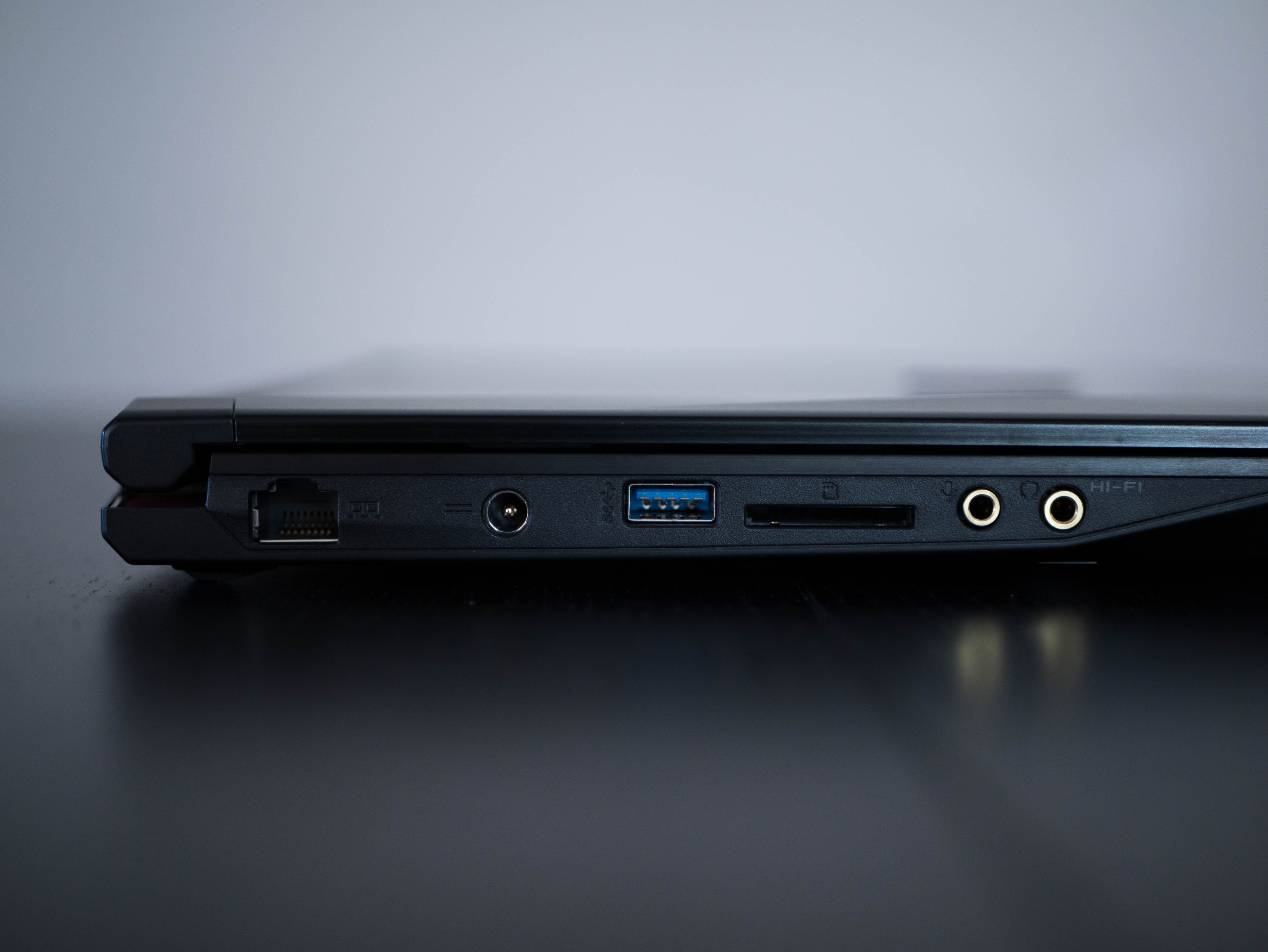


As for I/O, starting from the left you’ll find a Killer LAN Ethernet port, one USB 3.0 port, an SD card reader, a microphone-in jack, and a headphone out jack. The right side features Thunderbolt over Type-C, another USB 3.0 port, an HDMI 1.4 port, and a Kensington lock. Finally, a lone mini DisplayPort can be found on the back.
Display
The Phantom Pro’s display is fairly standard; it’s a 1920x1080 matte IPS monitor running at 60Hz. The display is 14" wide, making the overall system extremely portable. The HDMI 1.4, mini DisplayPort, and Thunderbolt 3 over Type-C ports allow additional display connections.
Input Devices

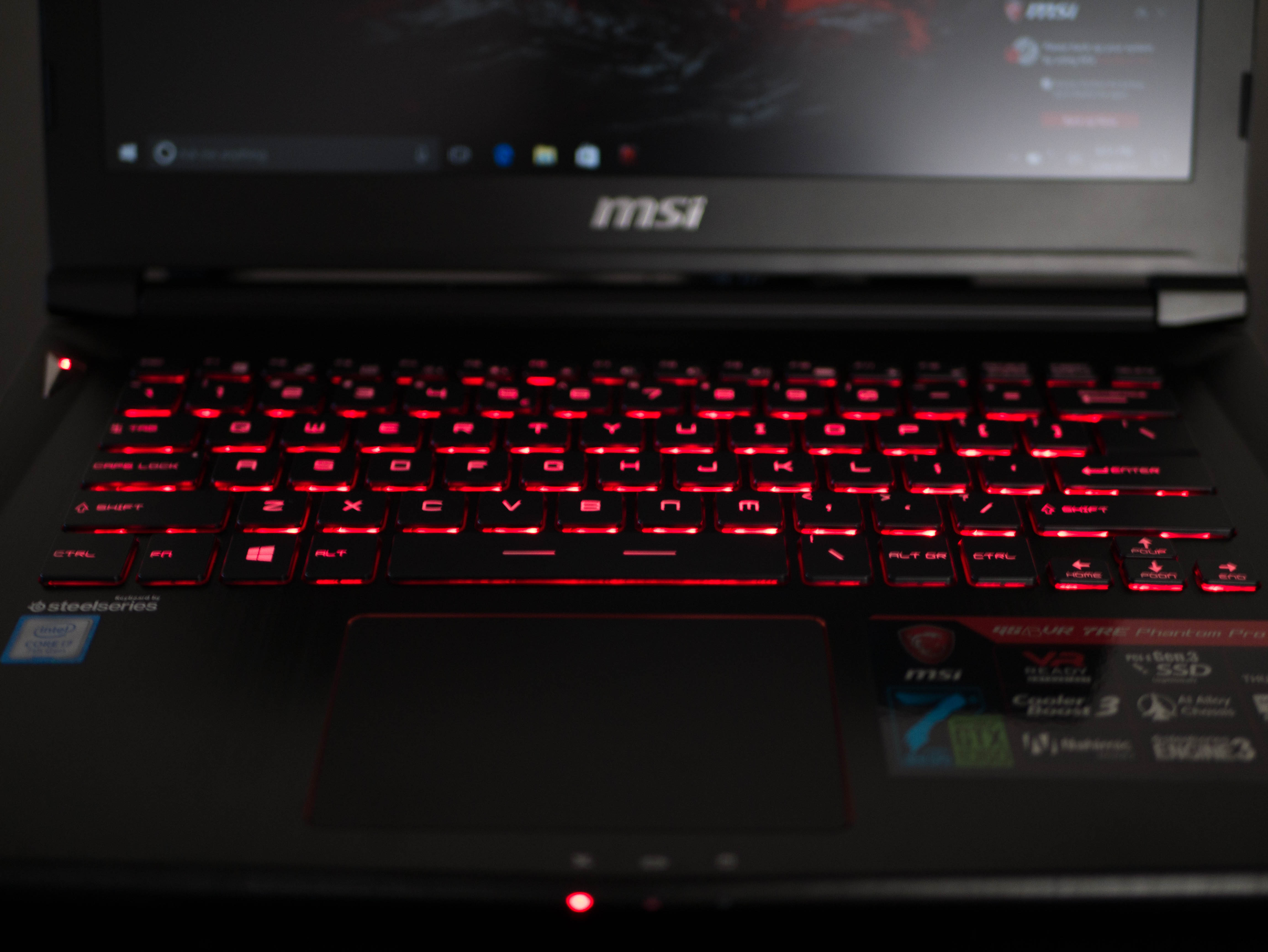


The MSI Phantom Pro features a scissor-switch keyboard compliments of SteelSeries. As with all of the MSI laptop keyboards we've tested, the keys are evenly spaced and typing is comfortable. The keyboard features red LED backlighting, which isn't programmable using SteelSeries Engine 3. RGB backlighting isn’t a necessity, but a handful of systems, including MSI GE72VR Apache Pro, offer robust lighting controls at this price poin.
The trackpad is of the standard, clickable variety. We’re pleased to find that travel distance is uniform throughout all but the very top of the trackpad. Unfortunately, however, the travel distance is a little too deep; pushing the trackpad with even a moderate amount of force not only sinks the trackpad low enough for dust and debris to enter, but it also flexes the metal body surrounding the trackpad. If the bottom panel’s flexing issue isn’t enough to scare some, the flexing metal chassis might be.
Interior
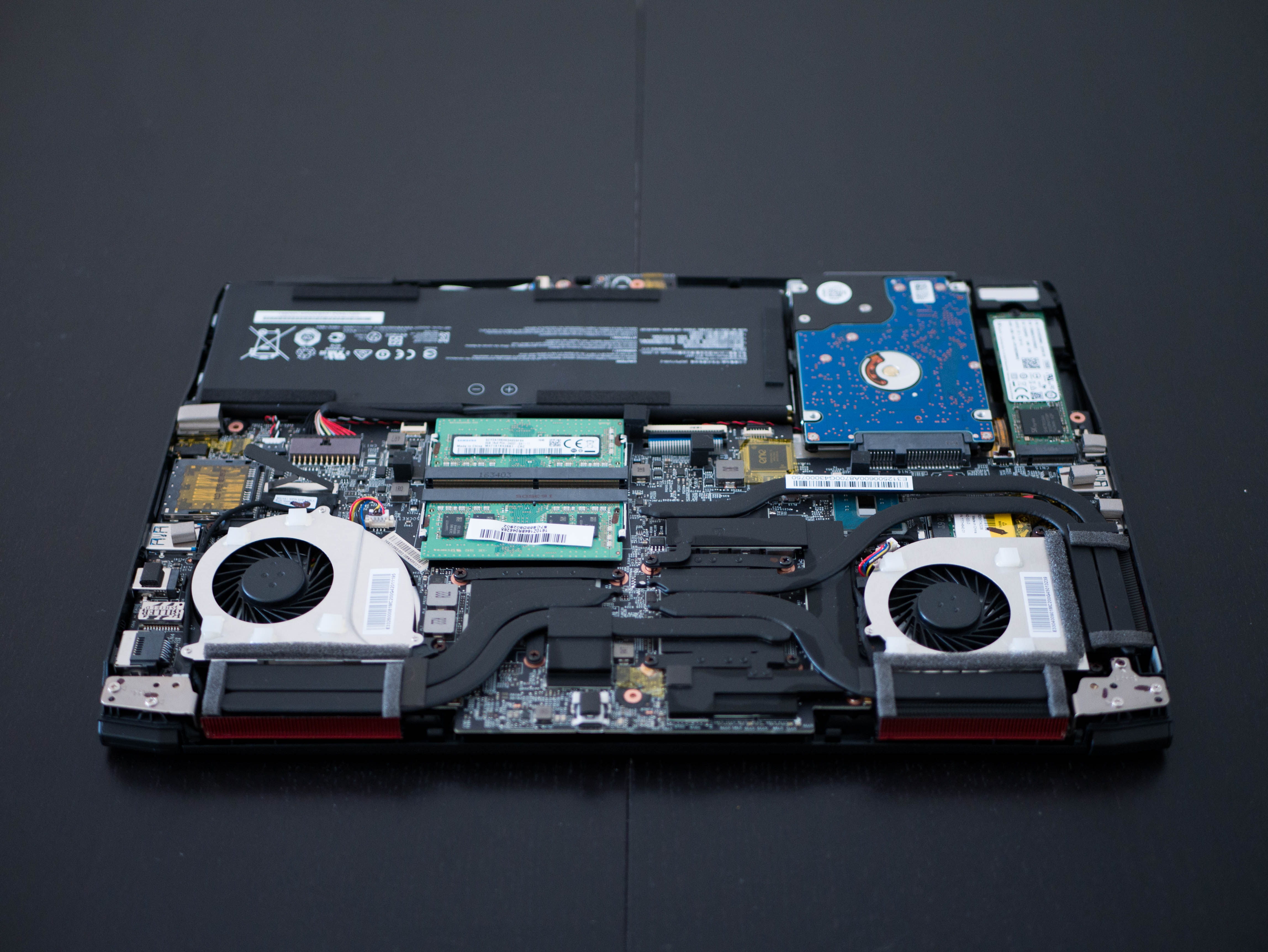





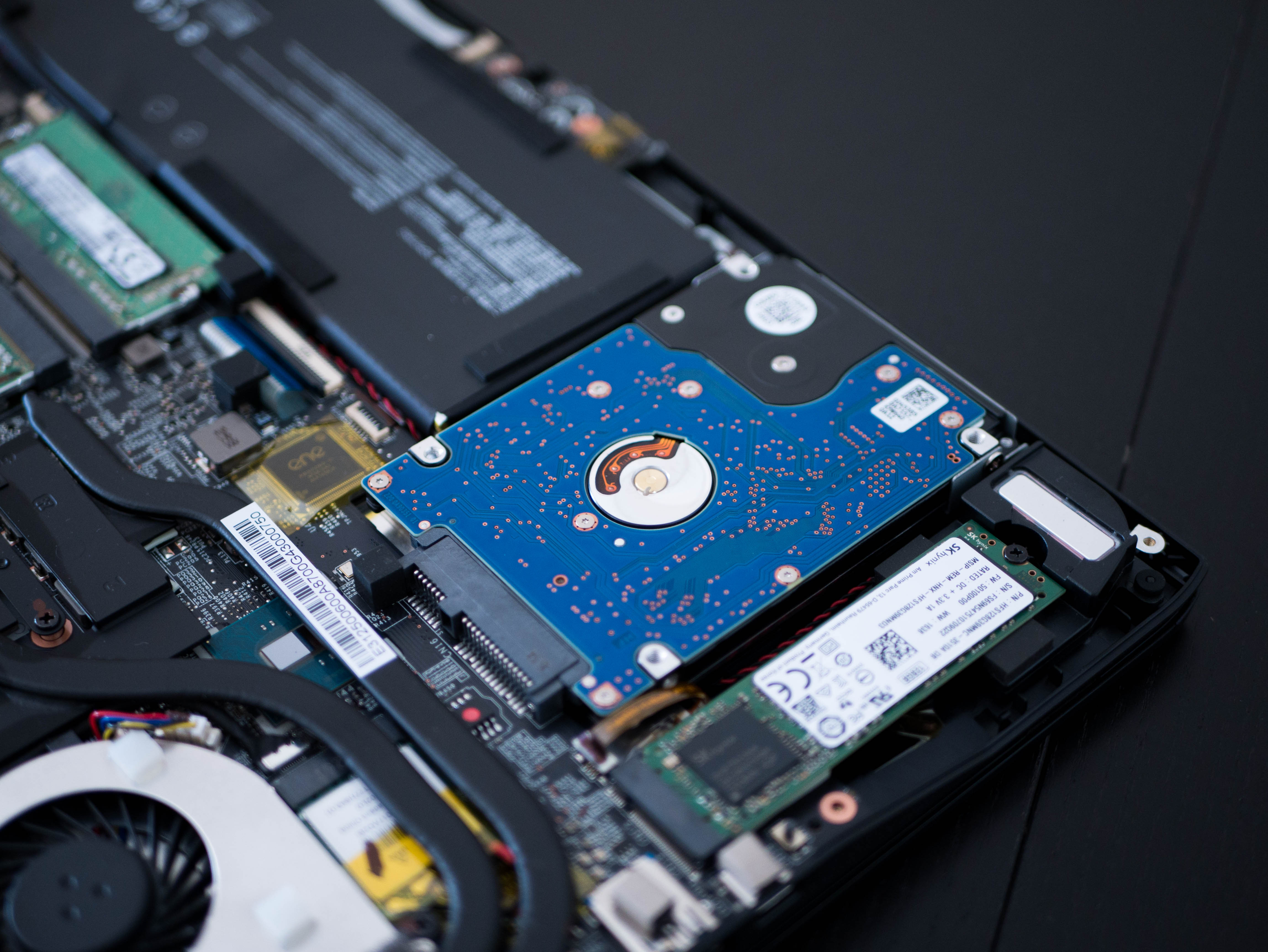

The bottom panel is secured to the rest of the Phantom Pro’s body with eight screws; once these are undone, the panel easily detaches. At the bottom you’ll find the Phantom Pro’s cooling solution, which consists of the left exhaust fan for the CPU, the heat pipes, the CPU and GPU heatsinks, and the right exhaust fan for the GPU. In particular, the GPU heatsink has four heat pipes, one of which is shared with the CPU heatsink, while the other three wrap around the right exhaust fan and to the two aluminum heat fin arrays. The two DDR4 memory slots are located just above the CPU heatsink. Storage slots are at the top right, with one M.2 slot on the far right and the 2.5-inch SATA slot to its left. The 61Wh battery spans the rest of the laptop’s top area.
Software
There aren’t any notable differences between this version of MSI’s Dragon Center and the versions we saw in previous reviews. Dragon Center still offers a potent suite of system controls, including resource and temperature monitoring, power options, and fan speed adjustment. The App Portal links handy applications such as SteelSeries Engine III and GeForce Experience to Dragon Center. You can add shortcuts to the App Portal to make Dragon Center a one-stop hub.
MORE: Best Gaming Laptops
MORE: Gaming Laptop Previews
MORE: All Laptop Content
-
Clamyboy74 The VR signifies that it is VR ready (gtx1060), not that Toms has to do VR benchmarks. VR benchmarking is still in its early stages, and it is a pain to set up. Better to just play a VR game and see if it runs smooth.Reply -
ttt_2017 USE THOSE NOTEBOOKS HEATPIPES AND FANS ON A LOW PROFILE SINGLE SLOT GTX 1060/1070 what is stopping you ?Reply
MSI DO IT. YOU CAN DO IT.
WE WANT GTX 1060/1070 LOW PROFILE SINGLE SLOT CARD IT IS DOABLE. LOOKING AT NOTEBOOKS 1060/1070 with Notebook cooling tells us it is DOABLE so DO IT.
dont just give us cheap GTX 1050 low profile card with a dual slot cheap heatsink and two fans .
use notebook style cooling you can make SINGLE SLOT LOW PROFILE HALF HEIGHT cards AND EVEN GTX 1060/1070 and not only GTX 1050


